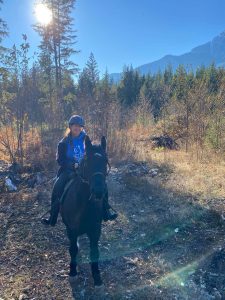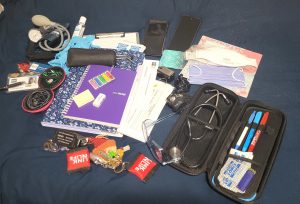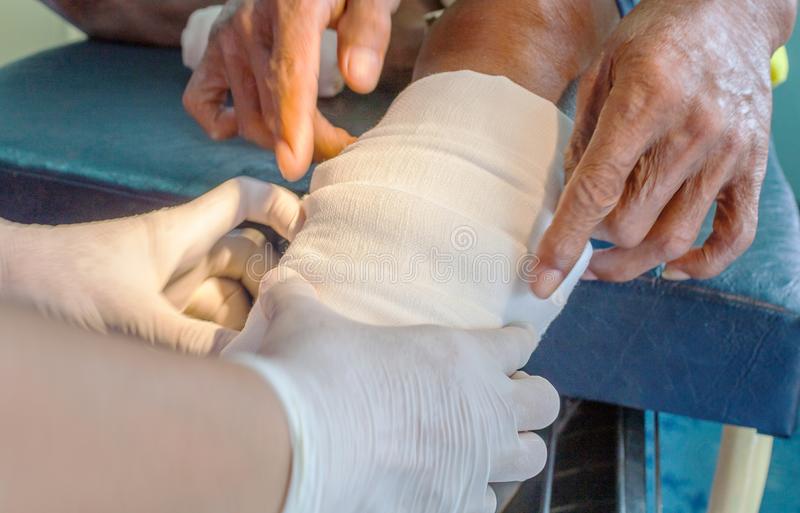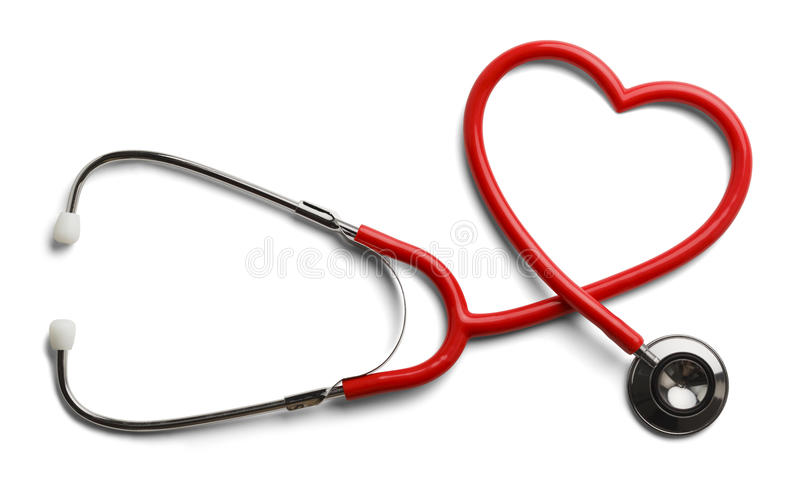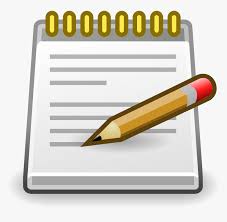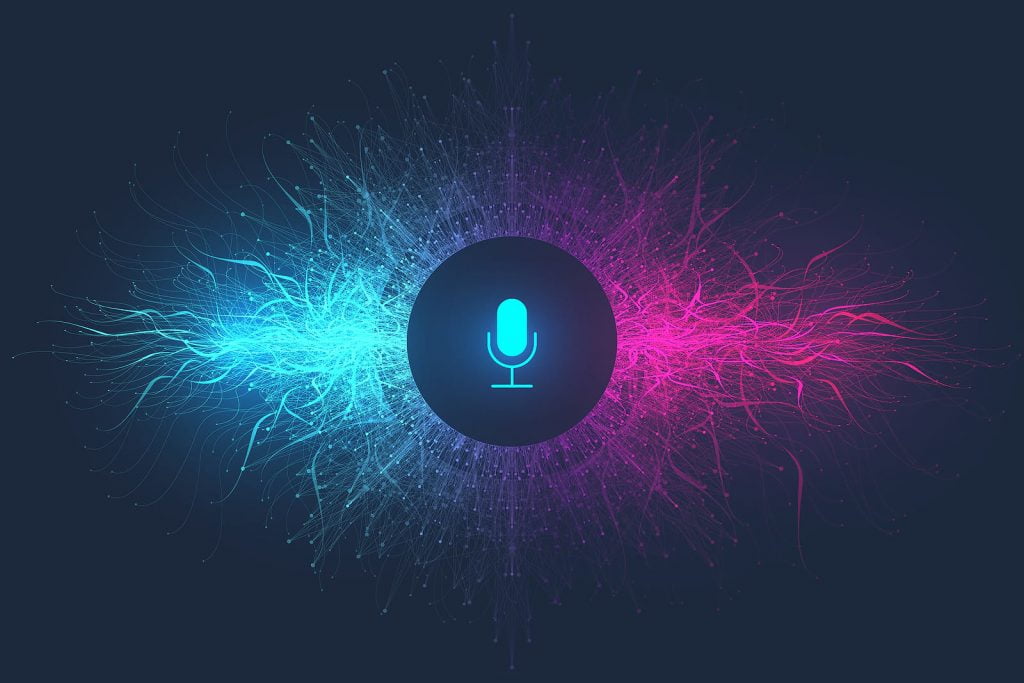
The transcribed text is found below the questions.
How does the text deviate from conventions of written English?
When I am writing something, particularly in a word processing program or email, I automatically edit and punctuate as I go. I learned touch typing in high school, so just automatically use punctuation, such as commas and periods, as a type of ‘muscle memory’. When reading a story out loud, say to my daughter, there are cadences, pauses, emphasis on some words and not others, and, sometimes, use of different voices for characters to differentiate them one from another. One of the criticisms of email or other types of written electronic communication is that there is no emotional tone, no nuance of behaviour to help the reader understand context or tone. Hence the development of emoticons to help readers understand the tone in which the passage is written (Schmandt-Besserat & Erard, 2007, p. 23), such as a “winky face” 😉 to denote a lighthearted or jovial tone.
There is also no paragraph structure, indentations, line spacing or other elements of a properly formatted text, such as APA 7 (General Format – Purdue OWL® – Purdue University, n.d.). Though perhaps this is something that can be set up prior to the dictation?
But what does this say about thought processes? In written text, you have time to formulate your response, so some word-smithing and editing to help ensure it (hopefully) comes out the way you want. With the spoken word, this is more challenging, unless the person is a talented orator or the conversation is rehearsed or known beforehand.
What is “wrong” in the text? What is “right”?
The lack of punctuation at the beginning and lack of other formatting elements makes this one long, rambling paragraph, with double words in places and some words that didn’t translate very well. For example, near the bottom “…new technology anet it is…”. It does point out my speech patterns, in terms of my trailing off at the end of the sentence, again pointing out my tendency to not finish my thought or not appear confident in what I’m saying. It is easier to point out the things that are wrong in the text, rather than the right things. Being from a very literate society and hyperliterate family/household (Haas, 2013) of University graduates, it is difficult for me to read the dictated text without trying to format the paragraphs in my head, and judging the grammar and syntax. When listening to someone speak, I generally don’t try to format the paragraphs into written text in my head.

What are the most common “mistakes” in the text and why do you consider them “mistakes”?
Again, the lack of punctuation is disconcerting. It is difficult to know when to pause in the reading. Which also makes deciphering some of the sentences difficult, as they all run together. When this happens, it is difficult to know what the sentence is about – is it part of the previous subject or is it a new subject? With the spoken word, these are more easily identified as the person is speaking, with natural pauses and inflections indicating the new subject or topic. Without these natural pauses and inflections, it is harder to decipher the written form of a dictated speech.
What if you had “scripted” the story? What difference might that have made?
If the story had been scripted, it would likely have been more organized. I perhaps would have included the punctuation earlier, as I would have included the punctuation in the written script. I would also have been able to fill in and clarify more of the details. With more time to wordsmith the story of my first experience with dictating in MS Word, it would probably make more sense and provide more context. More of the details would be filled in and the sentences would flow together in a more coherent manner.
In what ways does oral storytelling differ from written storytelling?
Oral and written storytelling require different skills. This is akin to reading a play vs watching a performance of the play. The Shakespeare plays we read in high school are very difficult to read and understand without a lot of thought and interpretation. As someone who regularly attends the Vancouver Shakespeare festival (Bard on the Beach https://bardonthebeach.org/ ). I can attest to the difference in reading vs performance of these plays.
A storyteller who writes their stories has tools of writing, and time to carefully craft how the work looks on the page. As Ong (2002, 1982) describes on p. 11, the oral tradition is ethereal, with no lasting permanence. It changes and morphs into other forms as the story is relayed from person to person, as in the telephone game described by Gnanadesikan (2011).
In oral traditions, these stories are often metaphorical or spiritual in nature and passed on from knowledge keepers to other knowledge keepers and while they can change the way and manner in which the story is told, they don’t change the message or core of the story. This is similar to printed stories, though these are more permanent and less mutable, except in re-prints.
References
General Format – Purdue OWL® – Purdue University. (n.d.). https://owl.purdue.edu/owl/research_and_citation/apa_style/apa_formatting_and_style_guide/general_format.html
Gnanadesikan, A.E. (2011). The first IT revolution. In The writing revolution: Cuneiform to the internet. (pp. 1-12). John Wiley & Sons.
Haas, C. (2013). The technology question. In Writing technology: Studies on the materiality of literacy. (pp. 3-23). Routledge.
Ong, W.J. (2002).Chapter 1: The orality of written language. In Orality and literacy: The technologizing of the word (pp. 5-16). Routledge. (Original work published 1982).
Schmandt-Besserat, D., & Erard, M. (2007). Origins and forms of writing. In C. Bazerman (Ed.), Handbook of Research on Writing: History, society, school, individual, text. (pp. 7-26). Routledge.
The voice to text transcript:
You know it’s funny I’ve been using word since almost the time it actually came out when it first started I didn’t even remember when and I’ve never actually used this dictation thing before I’ve thought about it a lot in terms of my students and making notes when I’m after a visit with them so I can better fill out their evaluations and make it more robust but I’ve looked at this little button on the the toolbar of word and thought OK I’ve never actually didn’t ever register before so here I’m going to use it now for the first time so it’s an interesting foray into a new technology for me when I was on zoom a lot like during the pandemic it I would turn on the closed captioning mainly in the interest of accessibility and multimodal or ways of learning so you know visual learners oral learners and etc would have some options in terms of the lectures they were live live synchronous sessions so I know we have the close captioning on and it’s kind of distracting sometimes when you’re watching the closed captioning things happen because it it will start a word and then it will auto correct itself and it’s very very strange to see it unfolding as you talk but now that I notice I’m not sure if I can use it on my phone I’ve tried a couple of voice to text apps on my phone but they never seem to I don’t know work very well I’ll see if I can use this on my phone ’cause it will be much easier if I can just dictate a note in Word and then send it to myself at the end of the day and transcribe it onto or save it on to my computer and a file from my students to do their evaluations so that would be the main reason I would use it I actually enjoy typing I like the feel of the keyboard in my fingers I I like the clicking the sounds that it makes I guess they don’t click anymore but just that that typing sound it’s it’s actually I’ve never thought about that sound before it’s not a clicking it’s it’s it’s more subtle than that but you can still hear it even though these keyboards are supposed to be silent you can get typewriter sounds I think but now I’m rambling anyway this voice to text technology I had it on my phone I think most phones actually come with like a voice app sort of thing but I’ve never actually used it but now that I see that this I’m dictation thing in Word works kind of I’m not sure how punctuation works I’m going to try. Hi I did it it’s really weird I need to watch as it’s unfolding but now that I know I can say the punctuation that would probably be the good thing: I’ll try this now see it works again so that’s that’s interesting I just have to remember to actually say the phrases or the but the punctuation is how much I don’t all right now I’m running out of things to say I’m not used to talking for 5 minutes at a stretch so I’m going to prop it up but this is very interesting foray into a new technology anet it is interesting and I’ll get into the analysis after of my thoughts as I’m talking I’m also trying to analyze which I should probably stop doing ’cause I just get a little tongue tide and worried about how it’s sounding different talk without listening to yourself yeah it’s kind of annoying I do that so I’m going to wrap it up here. And I hope I can do a good job with the analysis by

